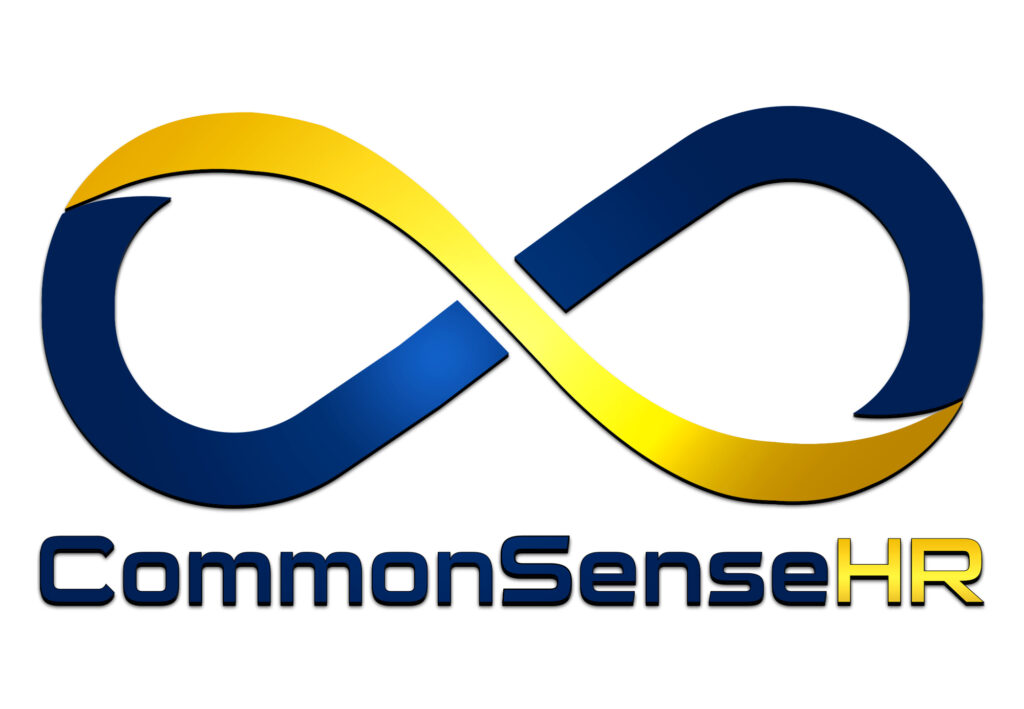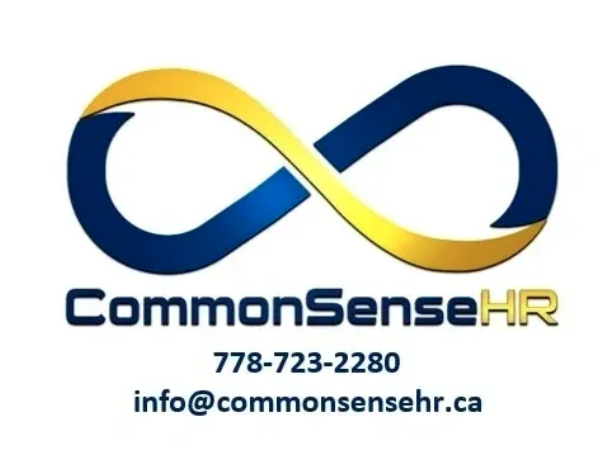This is a summary of an article in INC. magazine by Maya Hu-Chan, a leadership expert and executive coach.
When it comes to practising diversity, equity, and inclusion in the workplace, this will not be accomplished after just a 90-minute webinar.
Developing the ability to lead and to communicate inclusively is very much like developing a new, healthy habit, and to do this will require daily practice. However, like any new habit effectively built, it will eventually become more natural and automatic.
To create change in an organization, the first order of business is to address often overlooked microaggressions. A microaggression is a term used for commonplace daily verbal, behavioural or environmental slights, whether intentional or unintentional, that communicate hostile, derogatory, or negative attitudes toward stigmatized or culturally marginalized groups
Addressing this form of micro-messaging requires us to be ‘Upstanders” and not “Bystanders.” An “Upstander” is a person who, when seeing “wrong-doing” knows how to address this in a safe and effective way. This may include calling a person out for their indiscretion. However, there are options, and these include the ability to “call someone in” instead.
Calling somebody in requires us to acknowledge that we all make mistakes. By calling somebody in we can help the person who is causing the discomfort to another by inviting them to see why their behaviour is harmful and how they can address this. This needs to be done with patience and compassion.
Maya Hu-Chan, suggests that the journey to inclusion is filled with mis-steps. Here is how she suggests navigating through them with compassion and grace utilizing a 5-Step communication approach known as the B.U.I.L.D. model.
Step 1: Benevolence
“Calling Someone In” requires us to balance having their best interest in mind, while at the same time, holding them accountable. It involves us approaching the conversation with both respect and kindness, while at the same time, remaining firm in communicating the impact of their actions.
This approach can contributs to creating a psychologically safe workplace culture where people feel respected and where there is room for vulnerability and mutual trust. As a result, people can become more open to feedback and change since they do not feel the need to be as much on their guard. This is the foundation of inclusive communication.
Step 2.Understanding
To understand the facts of the situation, as well as the feelings and values of the individual it is important to apply deep listening. Doing so helps us gain insight into the intentions behind their actions. This step requires listening in a way we don’t often do in everyday life. Deep listening also means we need to be aware of our own biases and assumptions since these can affect our understanding of the other person’s intentions, feelings, and values.
Step 3. Interacting
Becoming curious is key to us avoiding our automatically prejudging the situation. We will need to ask non-leading “what” and “how” questions such as:
· “What was your intention when you said …?”
· “How might the other person view this situation?”
· “Tell me more.”
Step 4. Learning
Our intention in “Calling Someone In” should be to help them evolve.This means acknowledging that mistakes happen. Being able to correct another person requires us to expanding our reference points and understanding the other person’s different perspectives and experiences.
There may be a situation where someone might call us out, requiring us to think before we act. When this happens we should first thank the person for providing us with valuable feedback. It is then helpful to reflect on their input, and considering what we might do with it. We then need to respond positively and to finally act on it in a positive way..
Step 5. Delivery
This is when we put it all together into action. Often, the action includes providing constructive feedback using “straight talk” — saying what needs to be said to the right person, at the right time and right place, respectfully, accurately, and clearly. Practising inclusion is a continuous process of which this is but one step forward.


